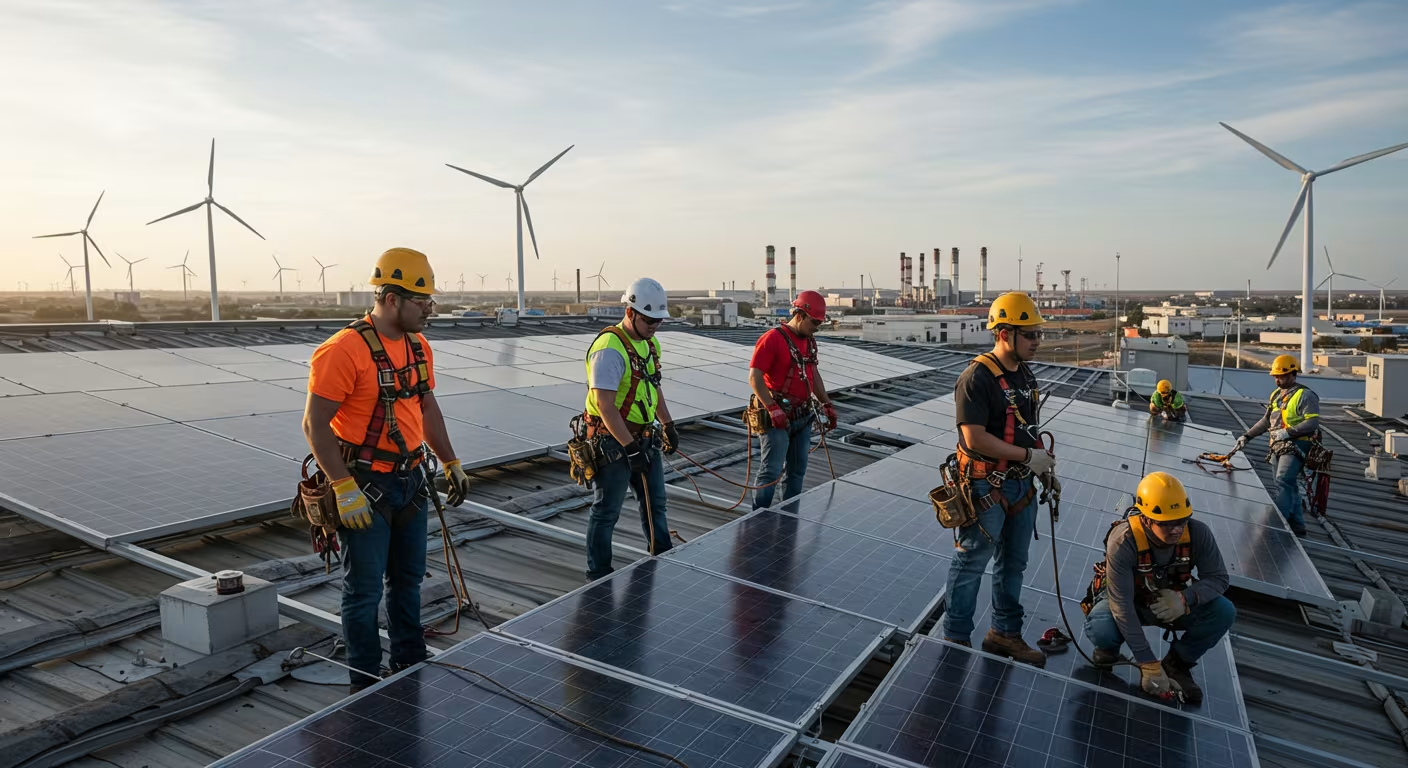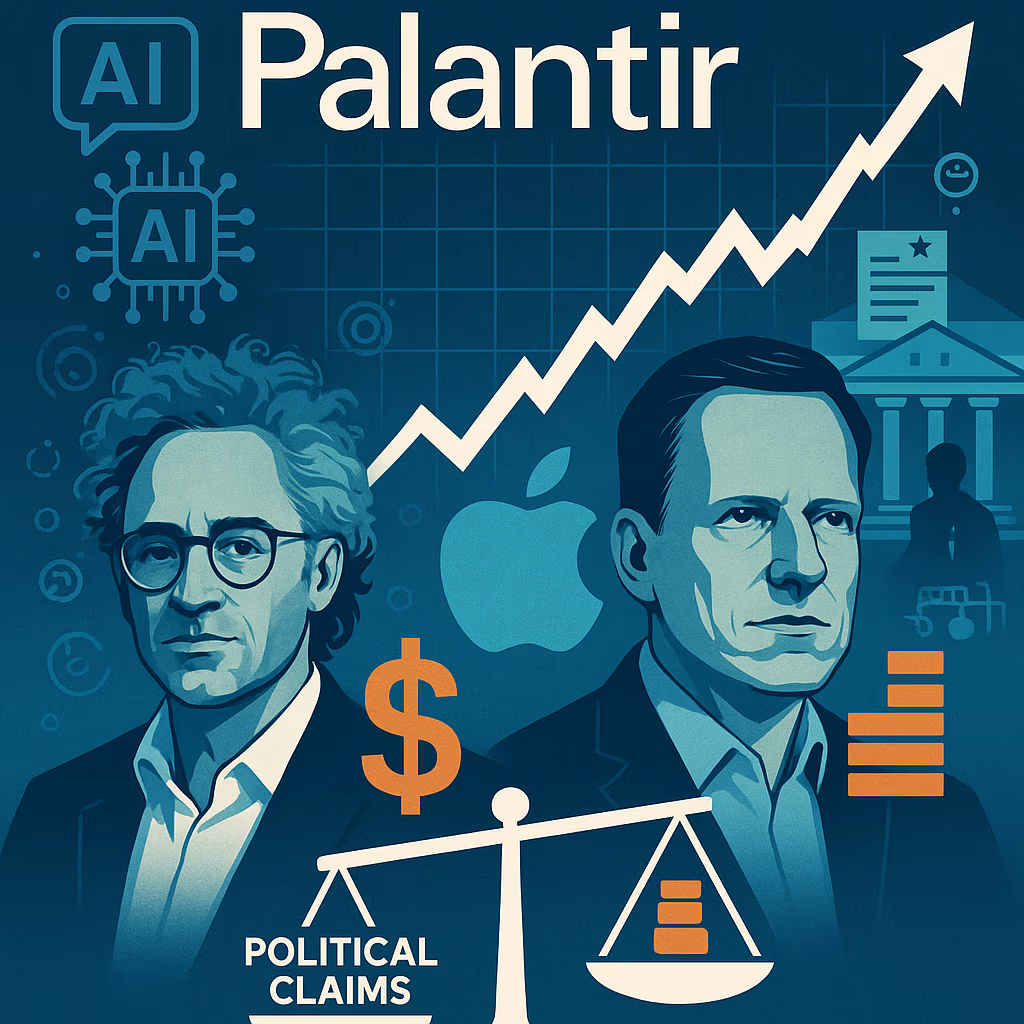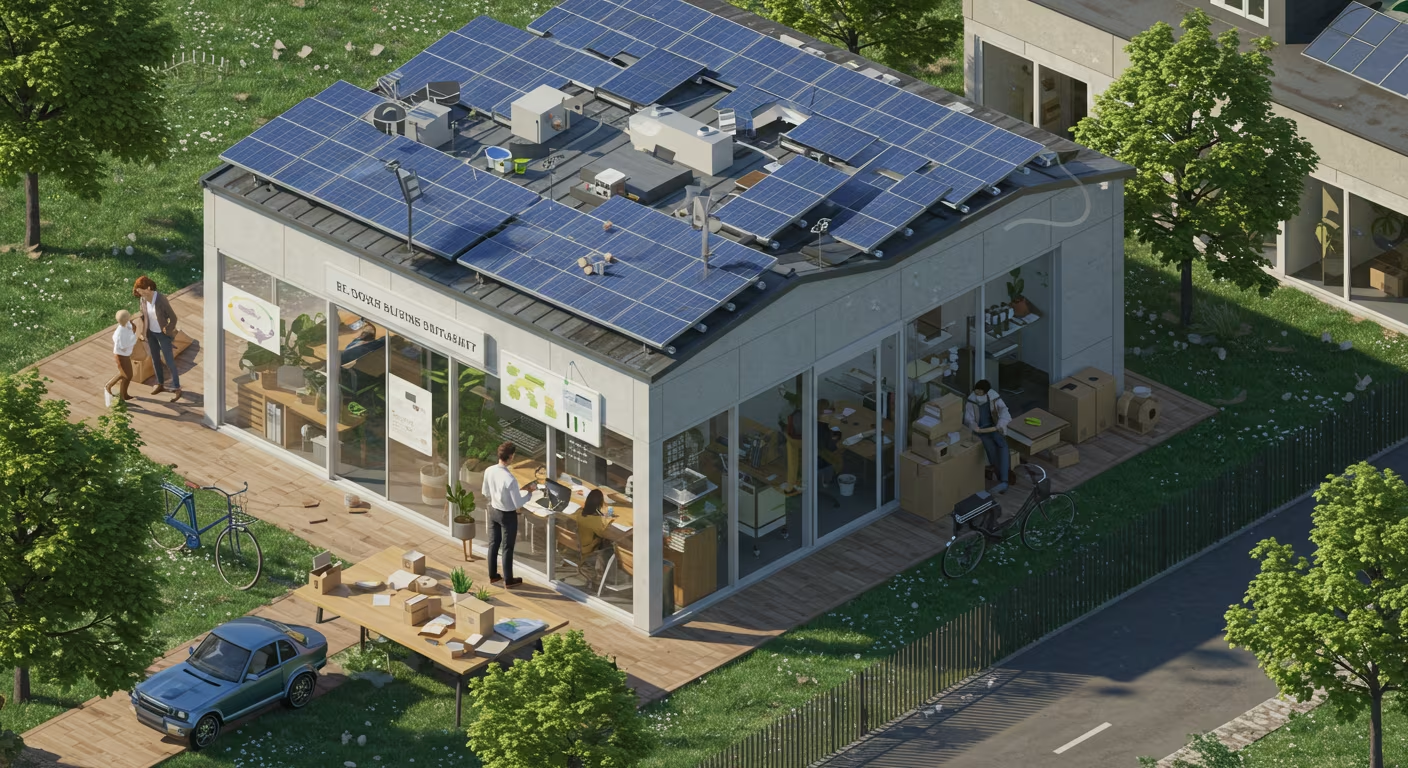As the United States marches toward a cleaner and more resilient energy future, solar and renewable energy have emerged as not only climate solutions but powerful economic engines. In 2025, these sectors are fueling an employment surge, attracting investment at record levels, and redefining what it means to build sustainable prosperity in America.
Far from being a fringe trend, the renewable energy industry is becoming a core pillar of the U.S. economy. From rooftop solar installations to large-scale battery storage farms, clean energy is now synonymous with job creation, business development, and regional revitalization.
The Renewable Workforce Revolution
According to recent data from the U.S. Department of Energy, more than 3.3 million Americans are currently employed in the clean energy sector—a number that’s expected to double by 2033, with solar energy leading the charge. The industry is creating more jobs per dollar invested than fossil fuels, and that shift is visible in both red and blue states.
In fact, solar-related employment alone is growing at eight times the pace of the overall U.S. job market. This includes not just panel installers, but also engineers, data analysts, sales specialists, maintenance crews, and logistics personnel.
Key job categories seeing explosive growth include:
- Solar photovoltaic installers
- Wind turbine technicians
- Battery storage engineers
- EV infrastructure builders
- Grid modernization analysts
- Sustainability consultants
These positions span every education level—from union trades to advanced research roles—providing upward mobility across rural and urban regions.
Federal Incentives Fueling Private Sector Growth
Much of the momentum behind the renewable boom stems from a historic wave of federal investment. The Inflation Reduction Act (IRA), signed into law in 2022, continues to inject over $369 billion into clean energy infrastructure, tax incentives, and innovation grants. In 2025, that funding is now materializing in the form of real projects, factory openings, and long-term hiring.
Corporations are responding. Tesla, NextEra Energy, Enphase, and SunPower are among the major players expanding domestic manufacturing capacity. Meanwhile, global investors from Europe and Asia are pouring capital into U.S.-based solar and wind projects to take advantage of the new policy environment.
A single utility-scale solar project—once costing hundreds of millions—can now be partially offset with 30–70% tax credits, depending on labor conditions and domestic content sourcing. The result? An explosion in private-sector growth, particularly in states like Texas, Georgia, and Ohio.
Job Creation Across the Supply Chain
What sets today’s renewable surge apart is its multi-layered impact across the supply chain.
1. Manufacturing Jobs
Companies are reshoring solar panel and battery production to U.S. soil. In 2025 alone, the U.S. has opened over 25 new clean energy manufacturing facilities, including photovoltaic cell plants, lithium battery lines, and wind turbine factories.
These plants not only create direct jobs but also revive struggling industrial towns and boost local economies.
2. Installation & Field Work
Rooftop solar adoption is surging, and with it, the need for trained solar installers, electricians, and site managers. These are jobs that can’t be outsourced—they exist where the systems are built.
States like California, Florida, and New York lead in deployment, but growth in the Midwest and Mountain West is accelerating fast due to improved grid connectivity and falling installation costs.
3. Software, Data & Engineering
As renewables become more integrated into the national grid, demand is skyrocketing for software engineers, energy forecasters, and grid analysts. These jobs support AI-driven systems that predict supply and demand fluctuations, manage battery storage, and integrate distributed energy sources.
It’s a perfect storm of technical advancement and environmental mission—a formula that’s drawing top talent away from Big Tech and into cleantech startups.
Solar Jobs Are Everywhere—Not Just on the Coasts
One of the most promising aspects of the solar job boom is its geographic diversity. Unlike the tech economy, which has historically concentrated in cities like San Francisco or Boston, the renewable economy is spreading opportunity to smaller cities and rural communities.
- In Iowa, solar projects are revitalizing agricultural economies and creating local maintenance jobs.
- In West Virginia, former coal miners are retraining as solar and battery technicians through federal workforce grants.
- In Arizona, tribal lands are becoming solar deployment sites, bringing both energy independence and income to Native communities.
This decentralization of economic opportunity is a major reason why clean energy is earning bipartisan support at both the state and federal levels.
Renewable Energy as an Engine of Entrepreneurship
The solar and renewable economy isn’t just good for job seekers—it’s also opening the door for a new wave of entrepreneurs and small business owners.
- Local installers and electricians are forming their own solar contracting firms.
- E-commerce businesses are springing up around off-grid solar kits and battery banks.
- Software startups are creating platforms for solar monitoring, customer management, and peer-to-peer energy trading.
This ecosystem of innovation is creating ripple effects across industries, from finance (green bonds, ESG investing) to construction and education.
Challenges: Workforce Shortage & Skills Gaps
Despite the boom, the industry faces a critical bottleneck: not enough skilled labor. Many solar projects are being delayed due to a shortage of trained electricians and engineers.
To address this, both private companies and local governments are ramping up workforce development programs. In 2025, over 200 community colleges and trade schools have launched certificate programs in solar technology, battery storage, and sustainable construction.
If these pipelines are expanded effectively, the U.S. could fill millions of skilled positions in the next decade while reducing unemployment and wage stagnation.
Women and Minorities in Clean Energy
Another area of opportunity is diversity. Traditionally, the energy sector has been male-dominated. But the solar industry, in particular, is seeing rising participation from women, veterans, and minorities.
Organizations like SEIA’s Women in Solar Energy and GRID Alternatives are leading efforts to create inclusive hiring pipelines. Federal grants tied to diversity goals are also helping companies rethink hiring practices and promote equity within this growing workforce.
ROI: Renewable Jobs Pay Off
It’s not just the volume of jobs that matters—it’s the quality. Solar and renewable positions often offer:
- Above-median wages
- Union-backed benefits
- Apprenticeship-to-career paths
- Resilience in economic downturns
That makes clean energy employment a key solution to income inequality and regional economic decline. According to a 2025 report from the Brookings Institution, counties with major renewable projects saw 12–15% faster wage growth and double the infrastructure investment compared to the national average.
The New Face of Economic Growth Is Clean and Green
The solar and renewable energy boom in 2025 is not just about climate action—it’s about economic transformation. It’s creating millions of durable, well-paying jobs across education levels, demographics, and geographies. It’s reviving manufacturing, fueling entrepreneurship, and reshaping the American workforce for the future.
Policymakers, educators, and private sector leaders now have a generational opportunity: to build a clean energy economy that doesn’t just power the grid—but powers people, communities, and careers.
With the right investments and strategies, solar won’t just keep the lights on—it will keep America working.





